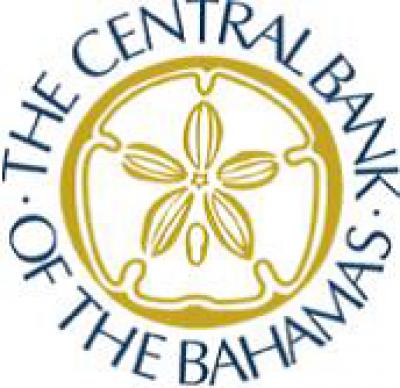NASSAU, BAHAMAS — The country’s external reserves are forecasted to end the year at a higher level than 2019 with the cumulative decrease to be delayed to 2021, the Central Bank has reported, noting that balances are nevertheless poised to remain adequate to sustain the Bahamian dollar currency peg.
The regulator in its Monthly Economic and Financial Developments (MEFD) Report for October noted that during that month, the country’s external reserves expanded by $207.9 million, to $2.3 billion, compared to growth of $2.6 million last year. This, it noted, was inclusive of net proceeds from the government’s $600 million external bond issue.
“Contributing to this outturn, the Central Bank’s transactions with the public sector reversed to a net purchase of $302.7 million, from a net sale of $33.2 million in the preceding year. In contrast, the bank recorded a net sale of $94.9 million to commercial banks, vis-à-vis a net intake of $18.8 million in the previous year, as commercial banks’ transactions with their customers shifted to a net sale of $90.1 million, from a net purchase of $26.1 million in 2019,” the regulator said.
It further noted that exchange control sales’ provisional data on foreign currency sales for current account transactions showed a $108.0 million decline in outflows, to $342.3 million in October, relative to the same period of 2019, owing to decreases across almost all categories.
“Specifically, ‘other’ current items — primarily purchases of foreign goods and services by credit and debit card transactions — reduced by $39.8 million, while oil imports and travel-related payments fell by $27.5 million and $22.5 million, respectively. In addition, foreign currency sales were lower for factor income payments ($13.6 million) and non-oil imports ($8.1 million). Providing a modest offset, foreign currency sales for transfer payments rose by $3.4 million,” the Central Bank noted.
The regulator also noted that although private sector net foreign currency drawdowns are expected to continue through the end of the year.
“External reserves are forecasted to end the year at a higher level than in 2019, largely supported by the front-loading of government’s external financing operations. However, the cumulative decrease in external reserves is expected to be delayed to 2021. Nevertheless, balances are poised to remain adequate to sustain the Bahamian dollar currency peg,” the Central Bank noted.
Central Bank Governor John Rolle, while giving a presentation to a CFA Society The Bahamas webinar yesterday, noted, “We should not be surprised if we see a reduction in the foreign reserves between January and June of next year.”
The regulator also noted that the country’s tourism output this year is expected to reduce to a “historic low”.
“Expectations are that the domestic economy will contract significantly in 2020, dominated by the COVID-19 pandemic and the residual impact from Hurricane Dorian. In this environment, tourism output is anticipated to reduce to a historic low and the pace of the recovery in 2021 [is] contingent on improvements on the international health front and the subsequent resumption in global travel. Nonetheless, new and ongoing foreign investment-led projects, combined with post-hurricane rebuilding works, are projected to provide stimulus to the construction sector,” the Central Bank said.


